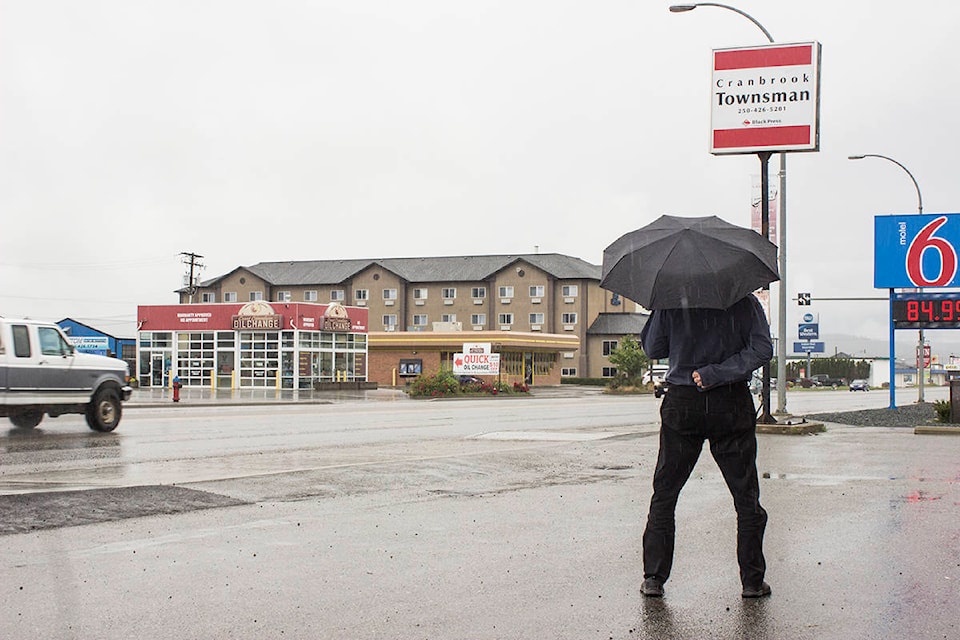Cranbrook and its surrounding area experienced quite a thunderstorm Wednesday night, but fortunately, unlike the dry summer thunderstorms, this one was accompanied by about 10 millimetres of rainfall, and no new wildfires were started anywhere close.
With Wednesdays’s rainfall, and taking into account the next few days before the month ends, June has a good chance of hitting or getting close to the average of 62 millimetres.
According to Environment Canada meteorologist Doug Lundquist, the spring season here in Cranbrook, so the months of March, April and May, saw 55 mm of precipitation. This is only 58 per cent of the average of 94. Last year we received 103.
“The rains we had here in June I’m sure are going to make the wildfire folks happy there,” Lundquist said.
Temperatures for the springs months saw an average of 6.3 degrees, just three tenths off of the average of 6.6 and down from last year’s average of 7 degrees.
“This year’s spring has been drier,” Lundquist said. “And so far June’s temperatures … I don’t even want to go there because every day is changing, it was warmer earlier in the month but now colder.”
Looking forward, the weather is looking favourable for the Canada Day long weekend. Showers that persisted through Thursday will fizzle out and the temperature will gradually rise as the weekend begins, drying up and climbing into the low twenties by Saturday and reaching mid to high twenties for Canada Day Sunday.
After that, Lundquist said it looks as though it will cool off again and we may get some more showers, but temperatures shouldn’t be as cool as they are now. Going forward, however, we may be in for another hot and dry summer.
“It looks like there is a really high probability that the next two months of summer and the first month of fall, July August and September, will be warmer than average,” Lundquist said. “We can’t talk about precipitation in the long run, it’s not really reliable.”
